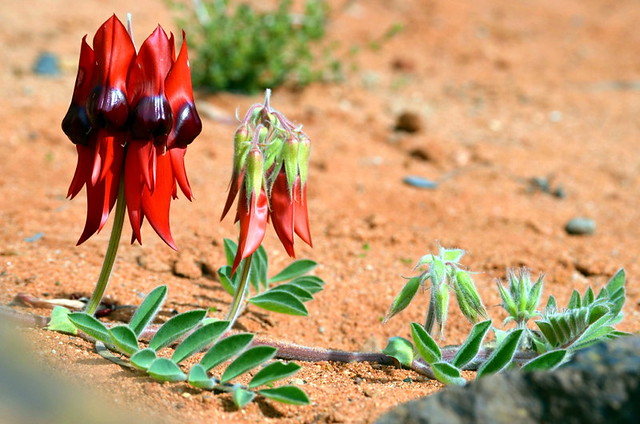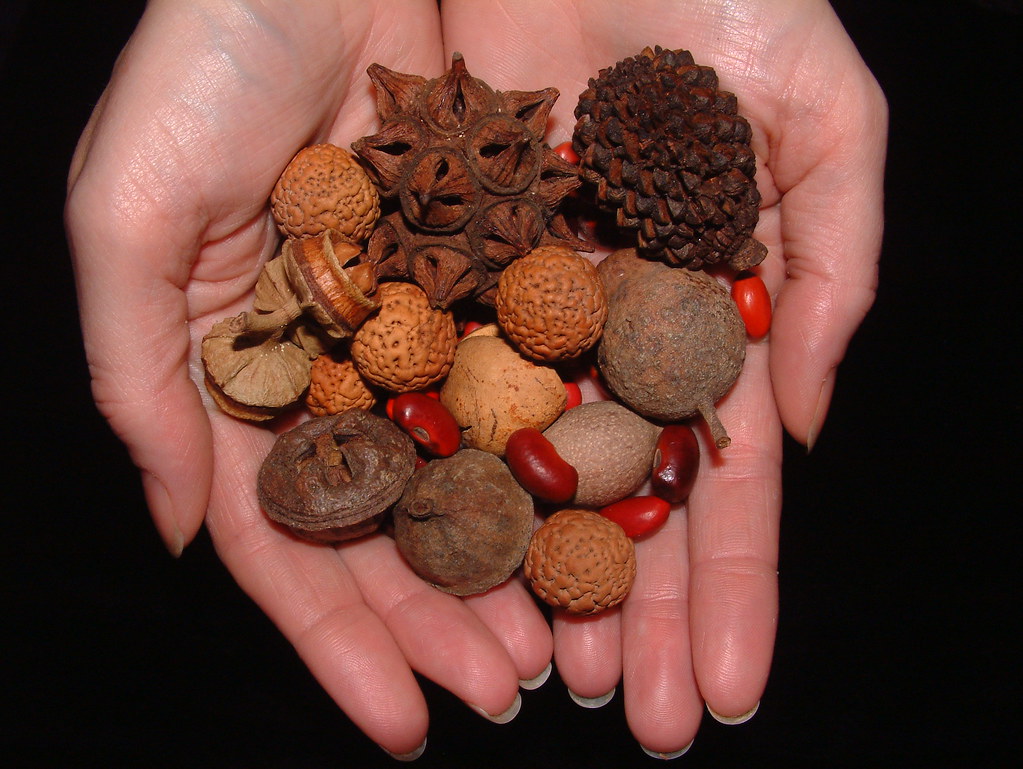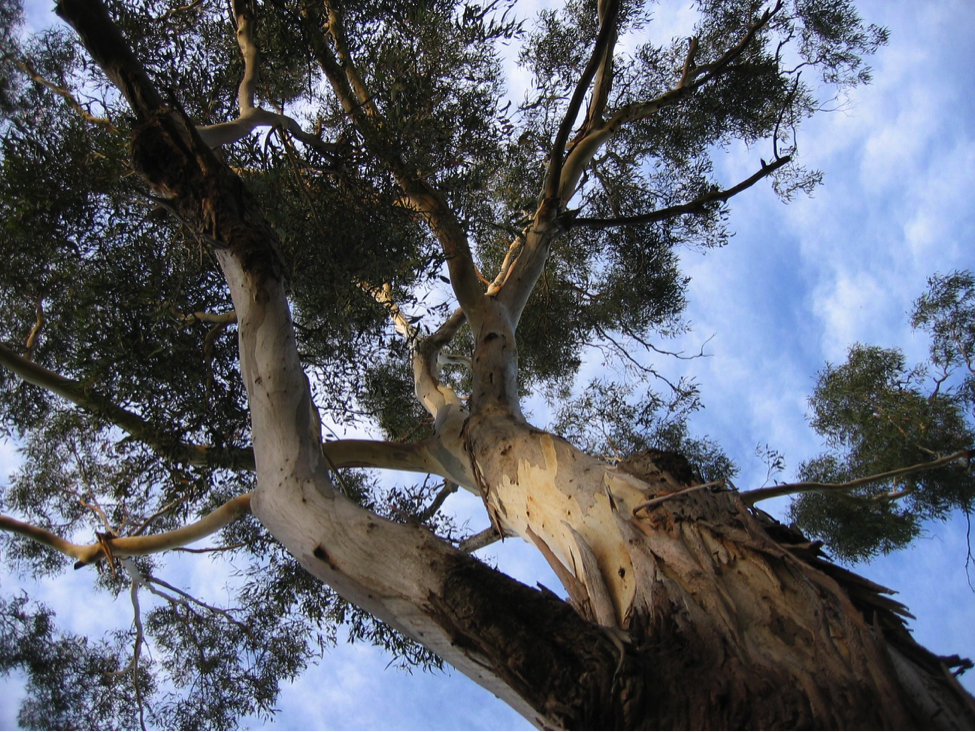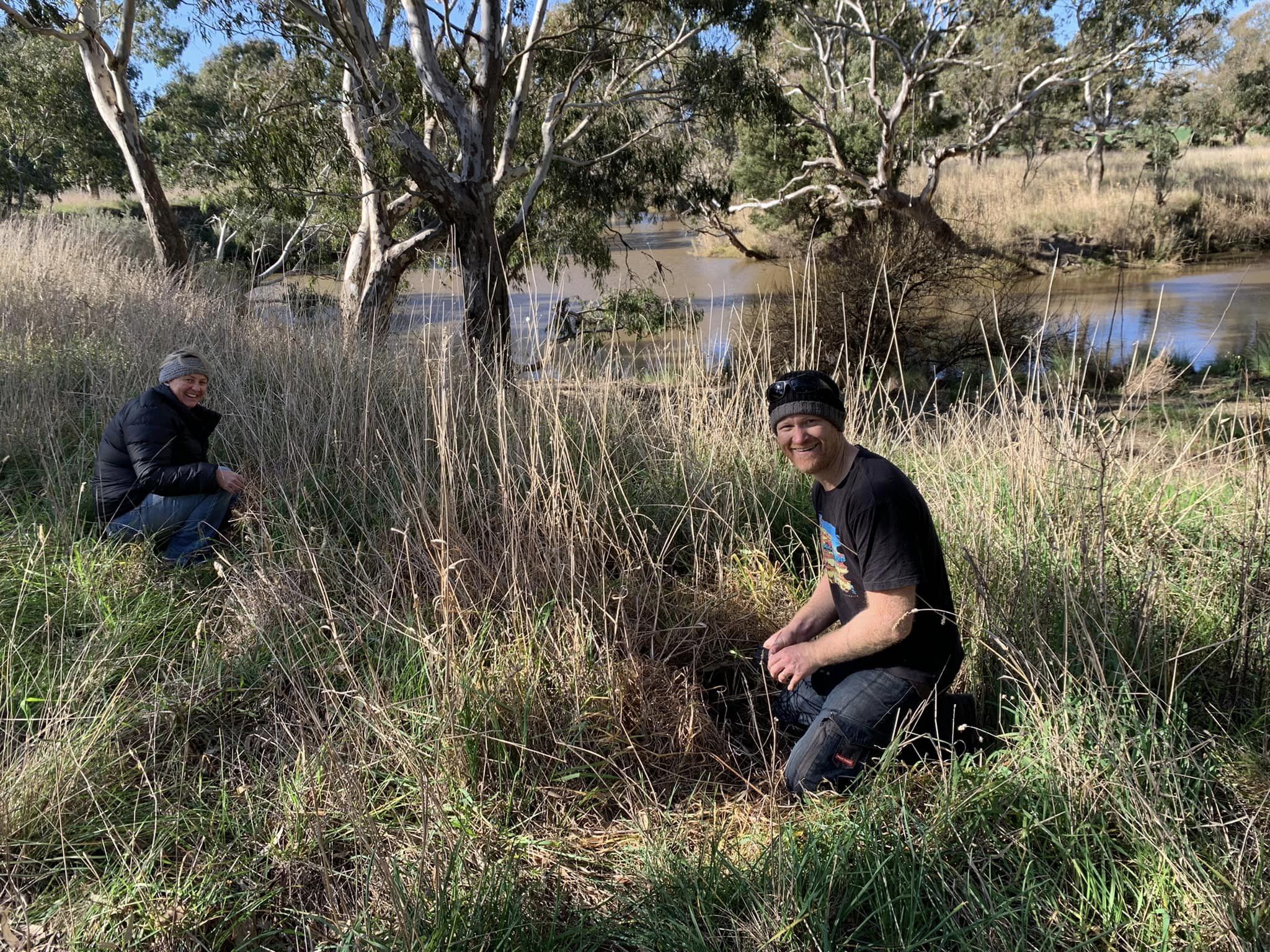Australia is home to a stunning array of seeds. Just a short walk in the Australian outdoors and you will come across a variety of seeds to observe. Our continent stretches across several climate zones from the northern tropics to the southern cool temperates. Add to this a varied landscape and isolation from the rest of the world and the result is a huge ecological diversity of plants. In fact, Australia has over 21,000 native plants, all existing to pass their genes along to the next generation.
And this brings us to their seeds – nature’s time capsules.

Some seeds are robust, almost unbreakable. Others seem impossibly fragile. There are enormous seedpods, spiked and forbidding, many weighty smooth-coated nuts, and seeds so insubstantial they resemble dust mites. Some seeds sleep well, woken reliably by gentle warmth and soft rain, as others wait patiently for fire. There are seeds that disperse thousands of kilometres or just a few inches. Some seeds endure only a handful of days while others traverse decades, easily outlasting a human lifespan or several’.
Fiona McMillan-Webster | Science Writer
While not all Australian plants produce seeds, most of them do. What is particularly interesting is the diversity of ways seeds have developed to enable them to survive and thrive.
Here’s some of our favourites seeds:
- Myrtaceae seeds can survive long dry conditions. The longest living seeds are produced by the mouse ears bush (Calothamnus rupestris) that is endemic to WA.
- Banksias can keep their seed for years and need fire to open up the seed.
- Feather flower, which produce seeds that germinate after fire, while some seeds only need the heat of the fire but for this native flower, it also needs specific chemicals that are produced by burning plants and released into the soil.
- Other plants only need the smoke from a bush fire to germinate.
- Some seeds, such as the Lilly Pillies require constant moisture. These seeds do not last very long as they cannot tolerate drying out and can germinate while still on the tree.
- The seeds of the Spinifex hirsutus, which grows in the sand dunes of WA has a better chance of survival when its seeds are deep in the dunes (sand is more stable and there is more nutrients and water), so it’s seeds won’t germinate unless it’s dark
- And of course many plants rely on animals to disperse and germinate their seeds. Wattles rely on ants for germination. Ants love the tasty stalk, packed with carbs and protein, that connects wattle seeds to their pods. They take the seed underground to feed the stalk to their larvae, dumping the seed. It’s a perfect environment for a ready-to-germinate seed.

As you can see, seeds have very peculiar requirements for germinating into plants. Most seeds will stay in the dormant state until conditions are just right, this improves the chances of survival and growth. Clever little capsules!
In conclusion, here’s 4 kids movies about seeds, a link to our blogpost about seed collecting and another link to Seeding Victoria who can supply you with indigenous seeds from central, south west and western Victoria.
Reference. Fiona McMillan-Webster The Age of Seeds: How Plants Hacked Time and Why Our Future Depends on It.
Writer: Colleen B. Filippa
With a background in Environmental Science, Colleen is the Founding Director of Fifteen Trees. In 2009, after 20 years in primary, secondary and tertiary education institutions, Colleen left the classroom to start the company. Fifteen Trees is a social enterprise assisting individuals and companies to reduce their carbon footprint by supporting community groups such as Landcare, schools and environmental networks.

